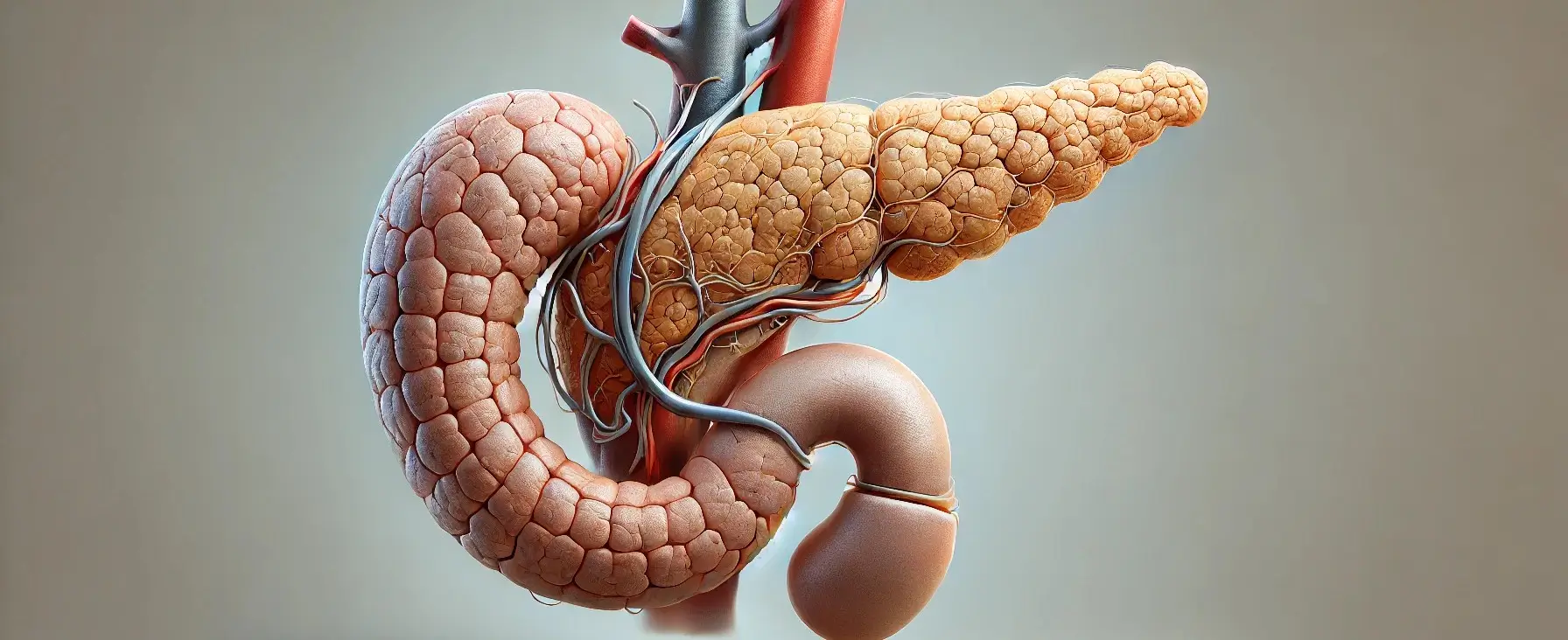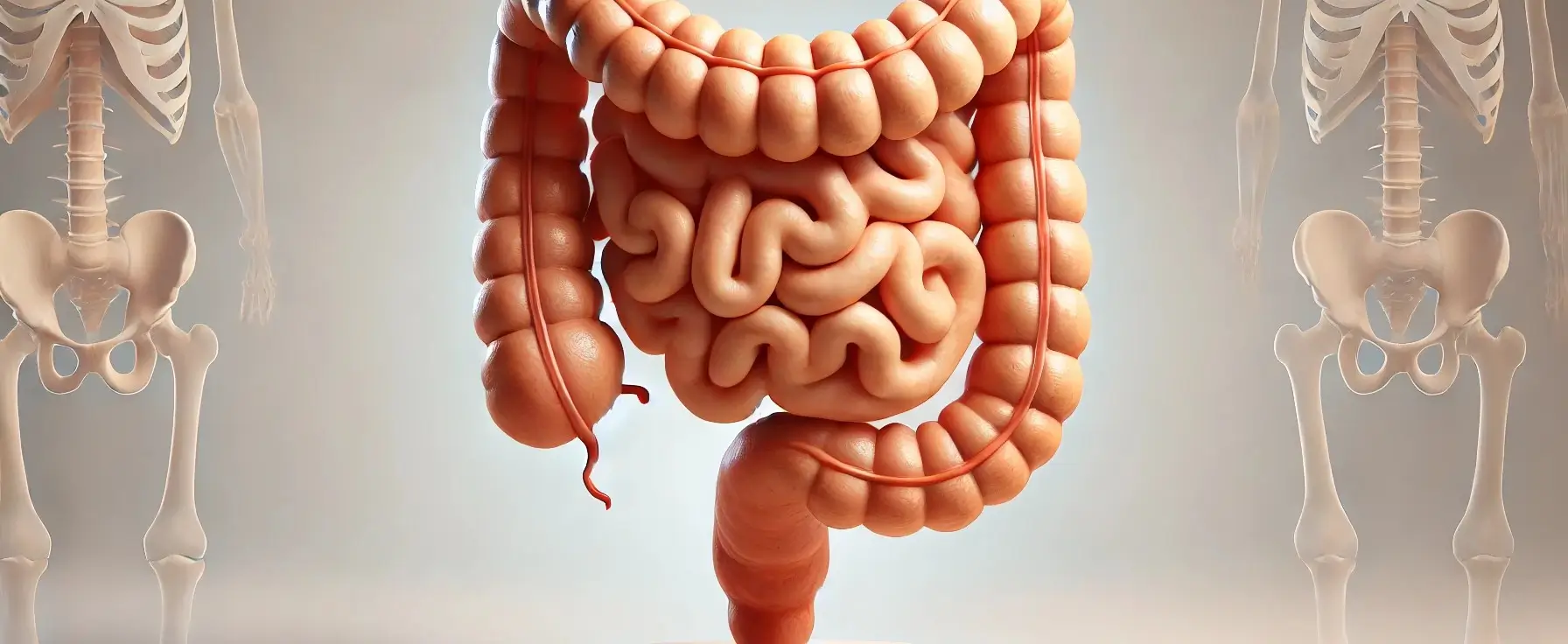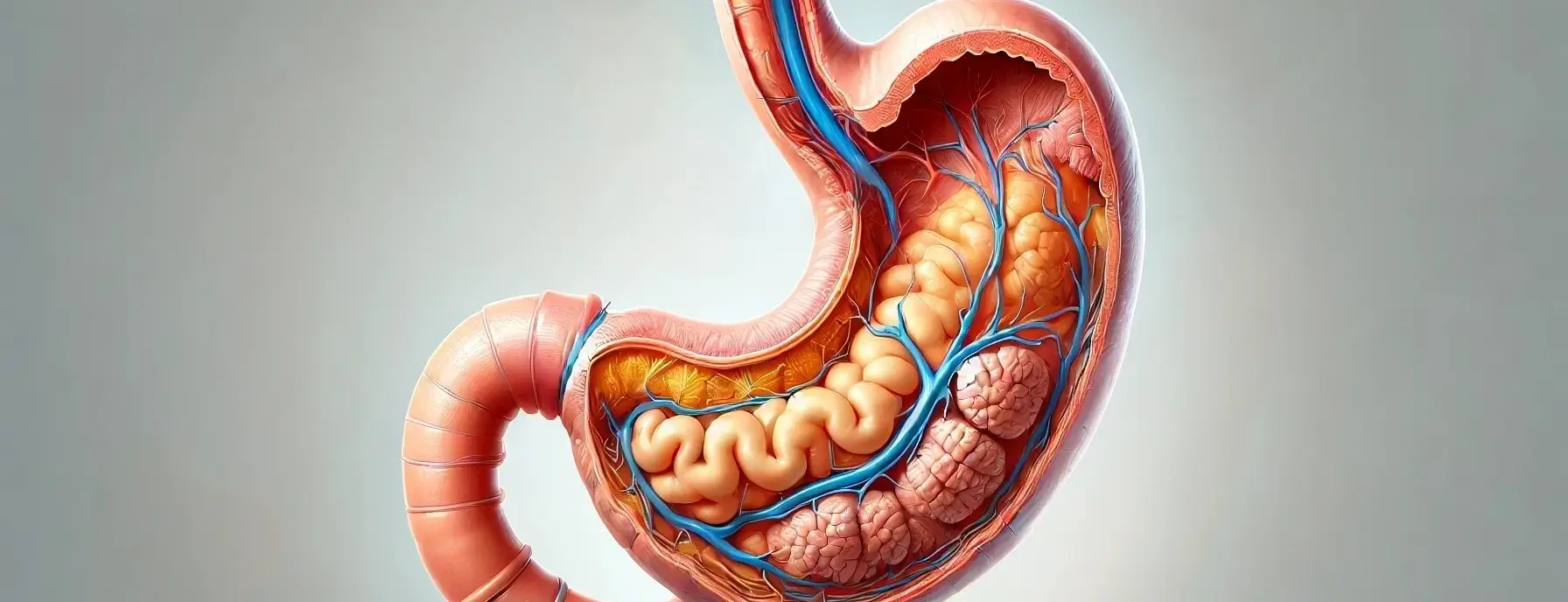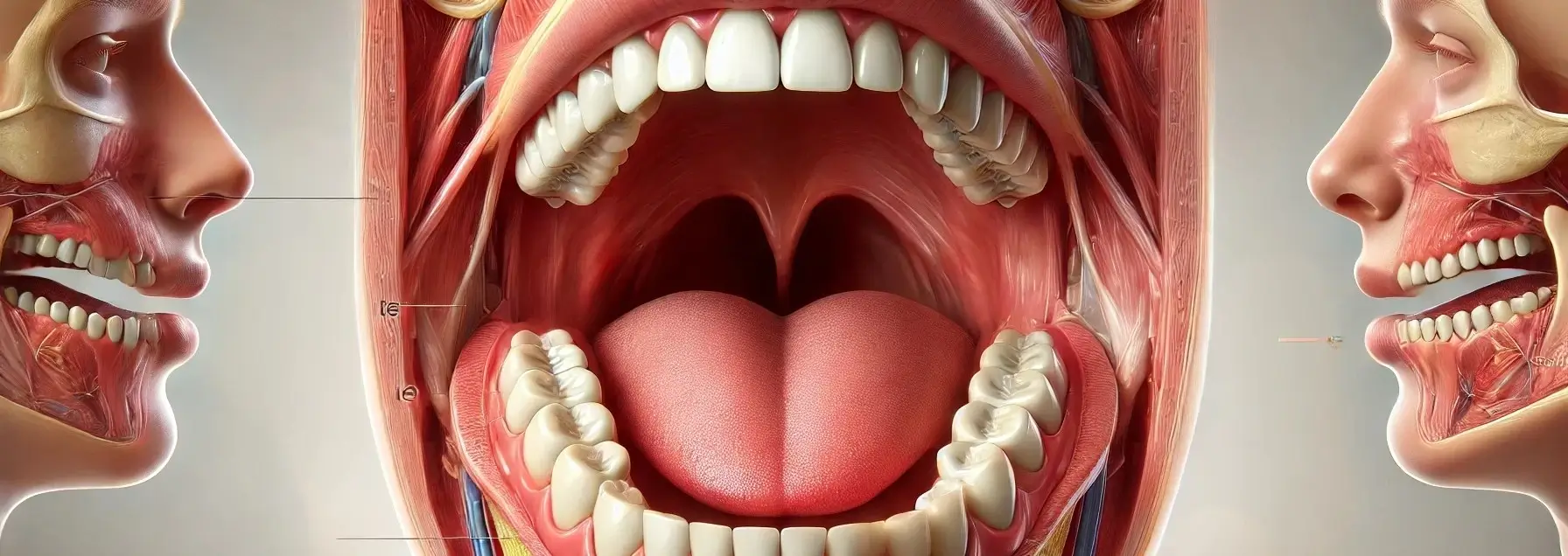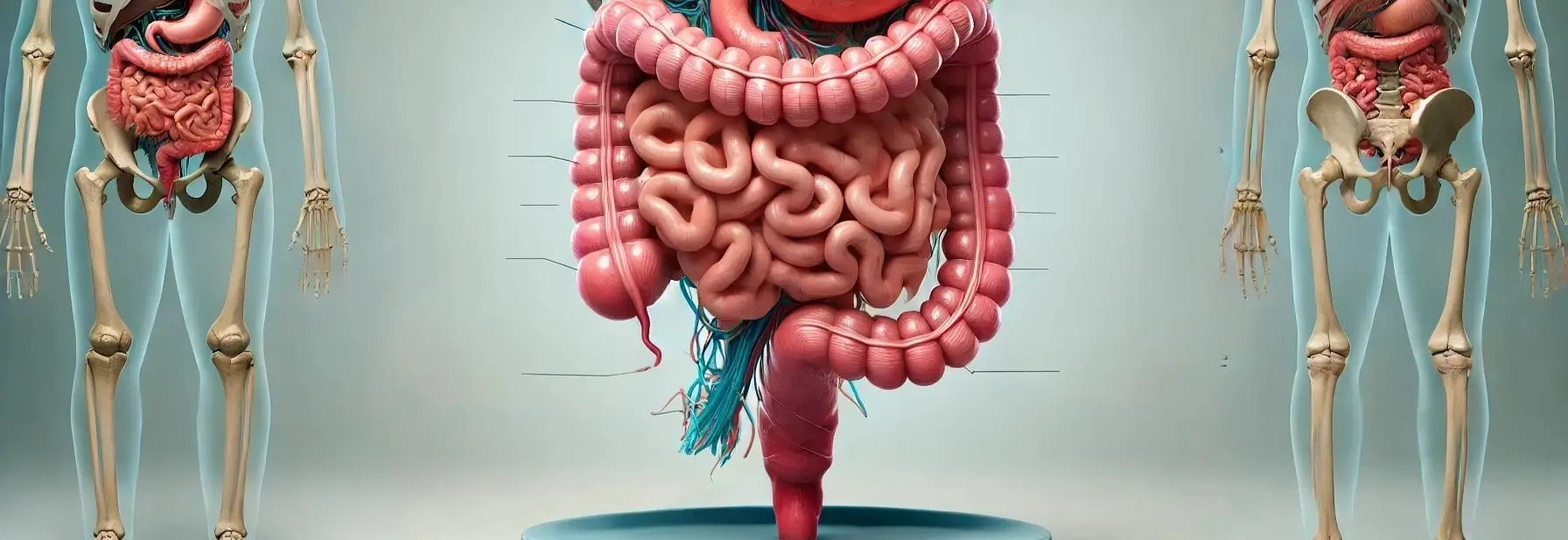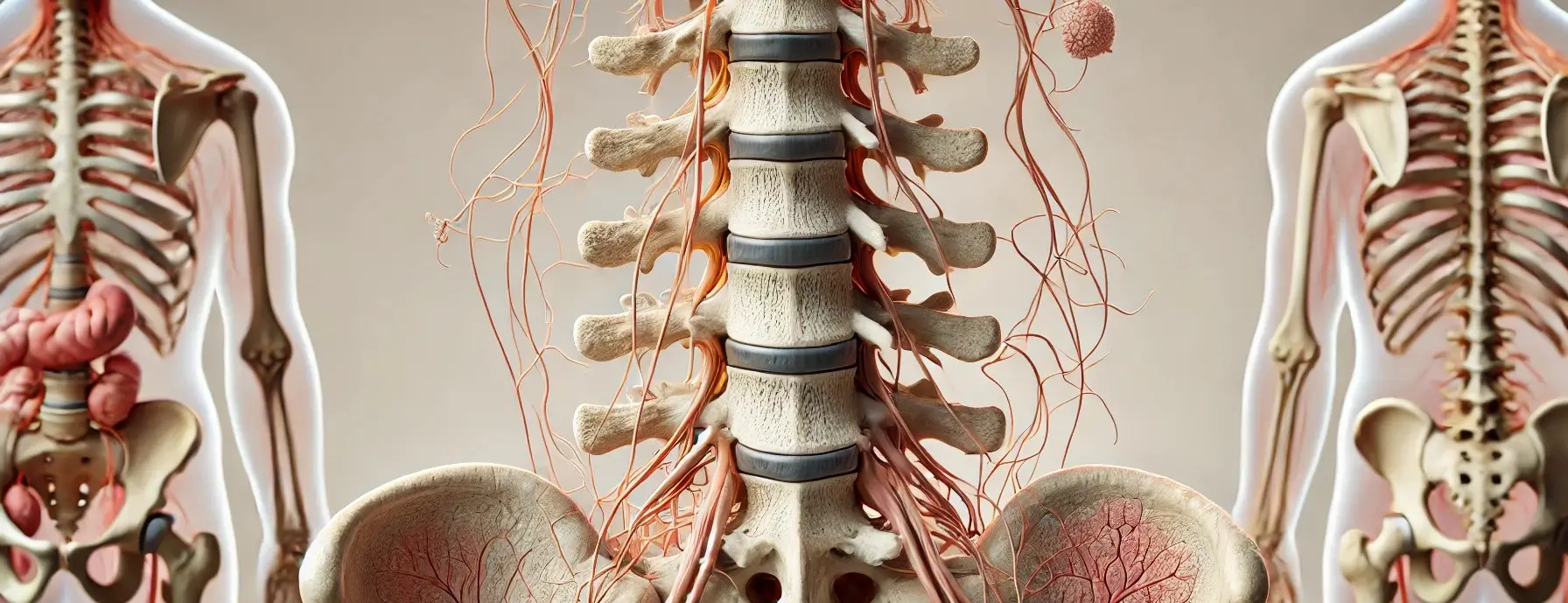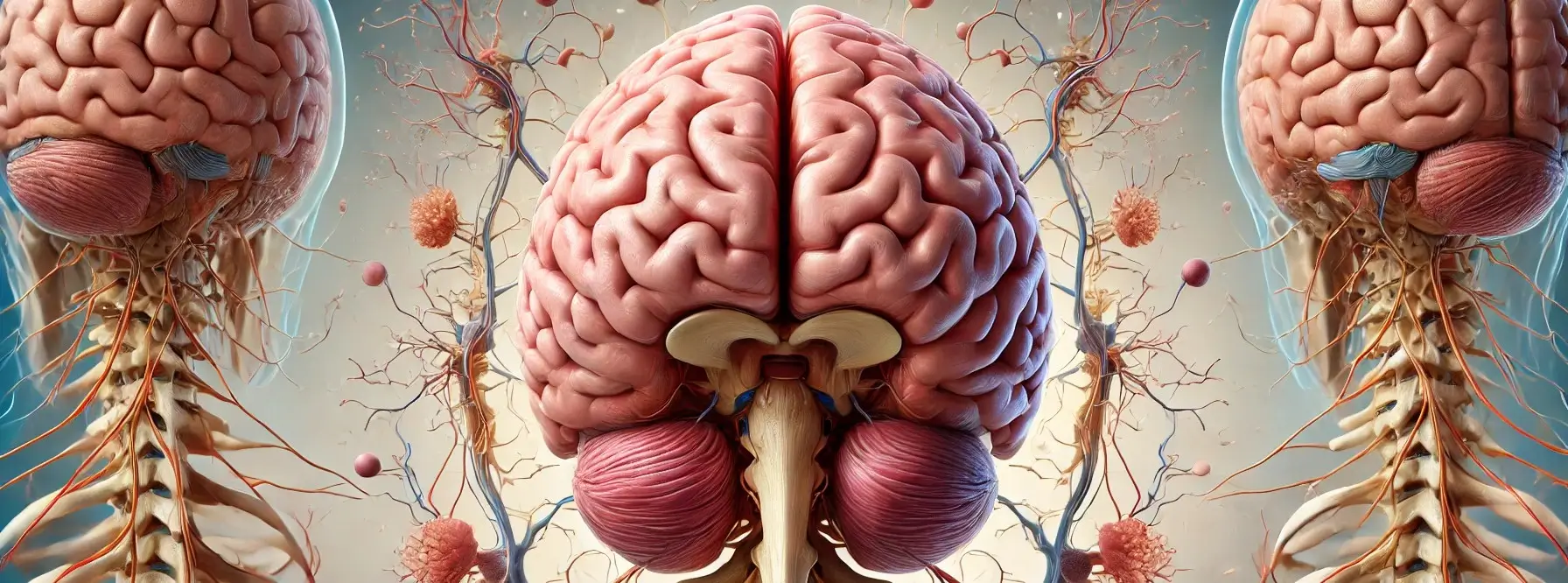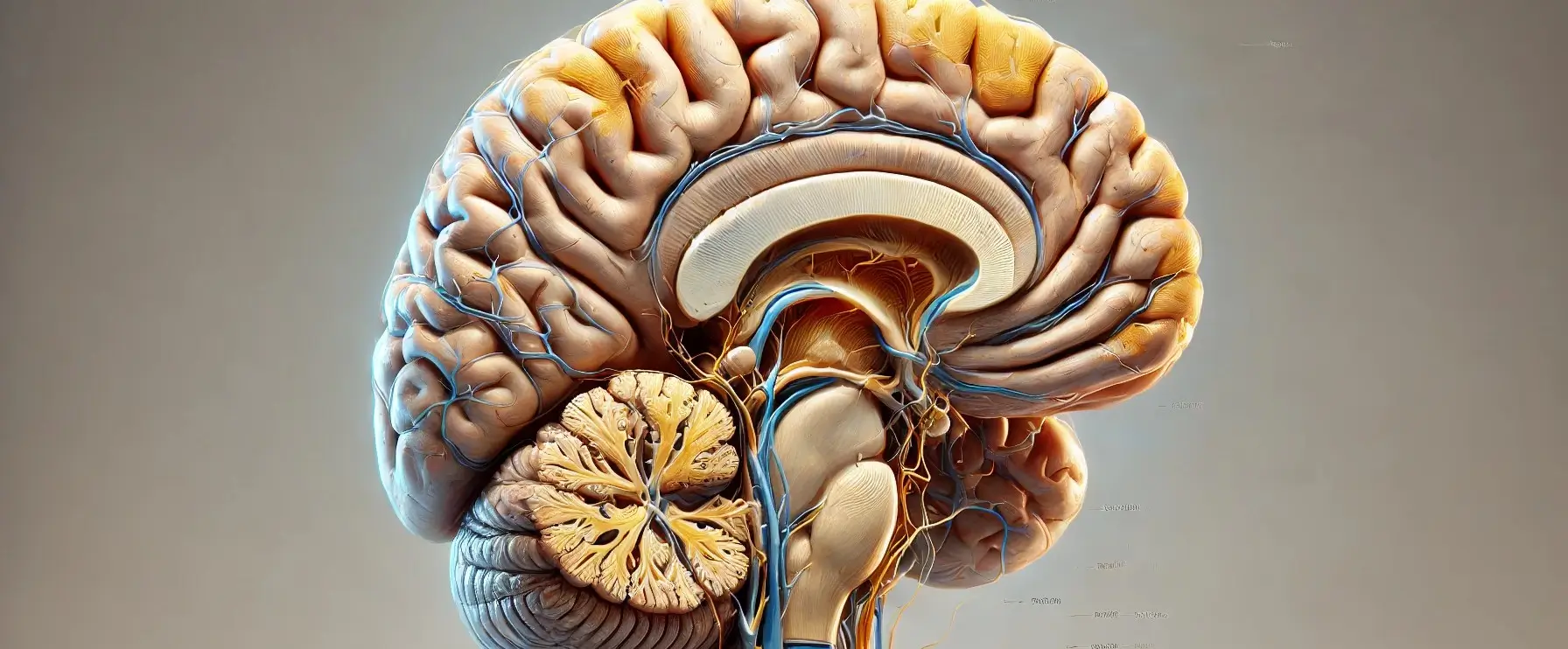Pancreas
The Anatomy of pancreas is a glandular organ behind the stomach that aids digestion and regulates blood sugar by producing insulin and other hormones. Anatomy of Pancreas: The pancreas is a glandular organ located behind the stomach and near the duodenum. It is elongated and has a head, body, and tail. It is composed of … Read more

